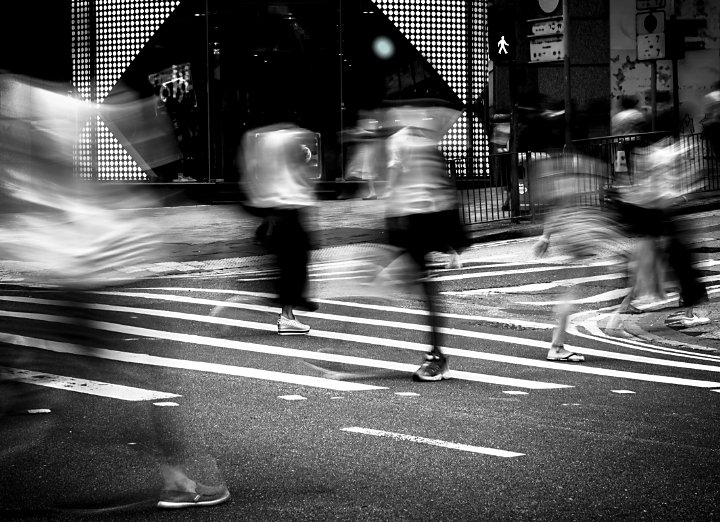Not known Details About Framing Streets
Unknown Facts About Framing Streets
Table of ContentsThe 3-Minute Rule for Framing StreetsThe Best Strategy To Use For Framing StreetsFraming Streets Things To Know Before You BuySome Known Incorrect Statements About Framing Streets 9 Simple Techniques For Framing StreetsThe Ultimate Guide To Framing Streets
, generally with the goal of catching pictures at a definitive or poignant minute by cautious framing and timing. https://445msov26n7.typeform.com/to/G0aYLLMd.
His boots and legs were well specified, yet he is without body or head, because these were in motion." Charles Ngre, waterseller Charles Ngre. https://www.merchantcircle.com/blogs/framing-streets-miami-fl/2024/1/Framing-Streets-Mastering-the-Art-of-Street-Photography/2635395 was the first digital photographer to achieve the technological elegance called for to register individuals in movement on the street in Paris in 1851. Digital Photographer John Thomson, a Scotsman collaborating with reporter and social activist Adolphe Smith, released Street Life in London in twelve monthly installments starting in February 1877
Framing Streets for Beginners
Eugene Atget is considered as a progenitor, not since he was the first of his kind, however as an outcome of the popularisation in the late 1920s of his document of Parisian roads by Berenice Abbott, who was influenced to take on a comparable documents of New york city City. [] As the city created, Atget aided to advertise Parisian roads as a worthwhile topic for digital photography.

The Main Principles Of Framing Streets
Martin is the first videotaped digital photographer to do so in London with a disguised video camera. Mass-Observation was a social study organisation established in 1937 which intended to tape-record day-to-day life in Britain and to tape-record the responses of the 'man-in-the-street' to King Edward VIII's abdication in 1936 to marry separation Wallis Simpson, and the succession of George VI. Andre Kertesz.'s widely admired Images la Sauvette (1952) (the English-language version was entitled The Crucial Moment) promoted the concept of taking a picture at what he termed the "decisive moment"; "when form and web content, vision and composition merged into a transcendent whole" - Sony Camera.
More About Framing Streets
The recording maker was 'a concealed video camera', a 35 mm Contax concealed under his layer, that was 'strapped to the breast and connected to a lengthy cord strung down the appropriate sleeve'. His work had little modern effect as due to Evans' level of sensitivities regarding the originality of his project and the personal privacy of his subjects, it was not released till 1966, in the publication Many Are Called, with an intro written by James Agee in 1940.
Helen Levitt, after that a teacher of children, connected with Evans in 193839. She recorded the temporal chalk drawings - sony a9iii that became part of kids's road culture in Homepage New York at the time, along with the children who made them. In July 1939, Mo, MA's brand-new photography section consisted of Levitt's operate in its inaugural exhibitRobert Frank's 1958 publication,, was significant; raw and often out of emphasis, Frank's photos questioned traditional digital photography of the time, "tested all the official guidelines set by Henri Cartier-Bresson and Pedestrian Evans" and "flew in the face of the wholesome pictorialism and heartfelt photojournalism of American publications like LIFE and Time".